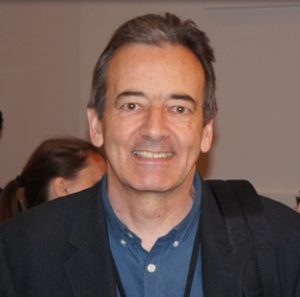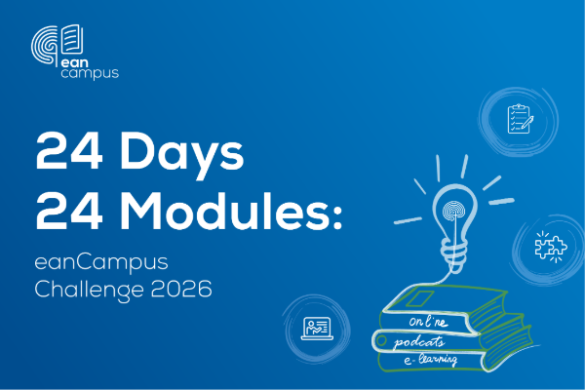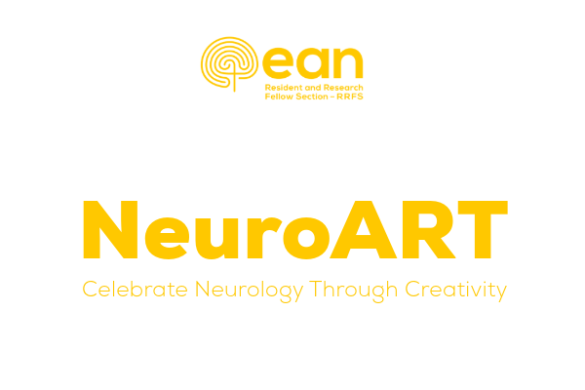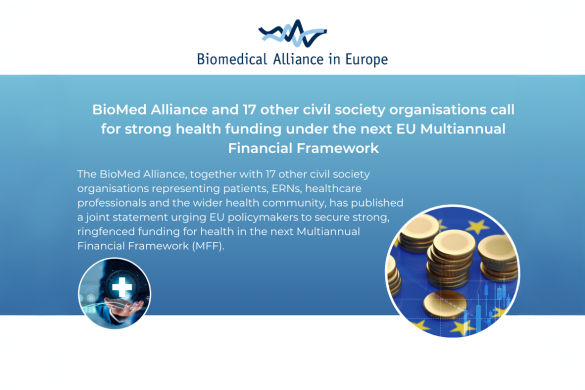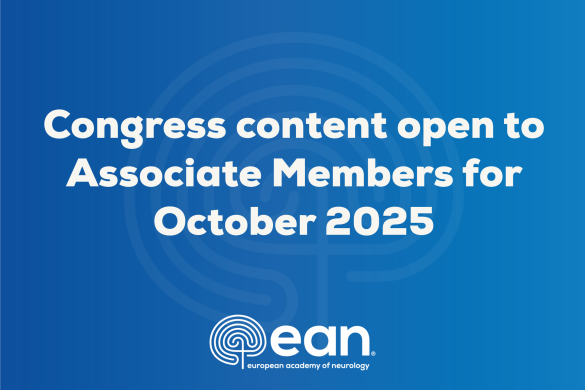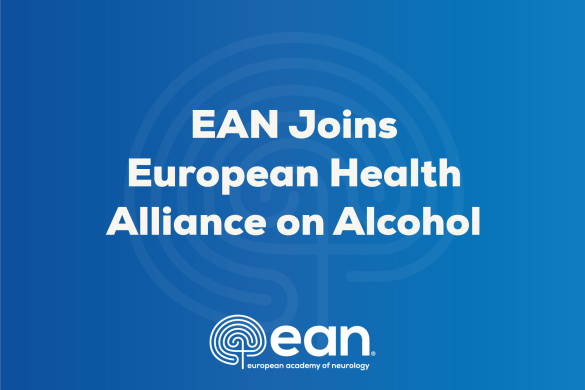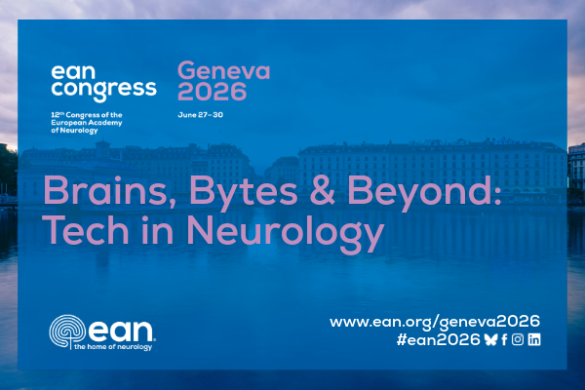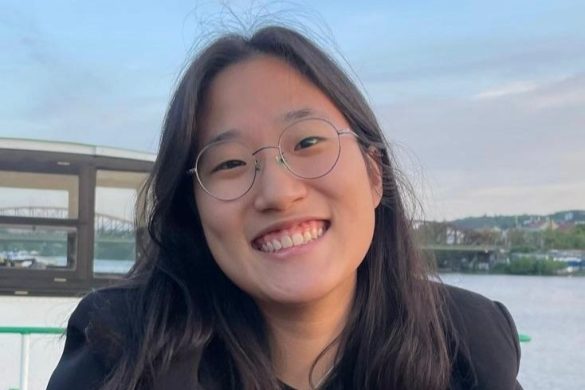Basic MS Research can be defined as analysis of mechanism of induction, pathogenesis and regulation of neuroinflammatory demyelinating disease using in vivo and in vitro experimental models. This is an area of longstanding and growing strength for Denmark.
Whether viral infections can induce MS was addressed by seminal studies from Lars Fugger and colleagues at Oxford and Aarhus, showing encephalitogenicity of cross-reactive myelin and Epstein-Barr virus epitopes in TCR transgenic mice (1). The role of innate immunity in controlling CNS virus infection also has relevance to MS, as studied by Søren Paludan and colleagues at Aarhus University (2). Åsa Andersson at Copenhagen University studies susceptibility genes that may predispose to MS, in the animal model EAE (3).
The need to understand clinical therapies for and regulation of MS led Per Soelberg Sørensen, Finn Sellebjerg and colleagues at the Danish MS Centre to use EAE to probe mechanism of IVIg (4) and to contribute to more recent studies of regulatory T cells in MS-like neuroinflammation (5). Shohreh Izzazadeh-Navikas (BRIC, Copenhagen University) has elucidated these novel regulatory T cell subsets (5) as well as roles for type I IFN in regulating neuroinflammation in EAE (6). Trevor Owens and colleagues at University of Southern Denmark in Odense have also contributed to the latter topic, showing protection against EAE by innately-induced type I IFN in the CNS (7, 8).
Chemokine profiles are of interest in MS since they reflect and may predict immune infiltration. The Owens group characterized encephalitogenic epitope selective induction of chemokine receptor expression and CD4+ T cell cytokine subset association with chemokines and their receptors in EAE (9). Studies on cytokine and chemokine influences on virus-specific neuroinflammation by the group of Allan Randrup Thomsen and Jan Pravsgaard Christensen at the Panum Institute have increased our understanding of these processes (10, 11).
A key aspect in MS is the role of astrocytes. Studies by Schousboe and colleagues established in vitro systems for study of cellular interactions, which led to understanding of the role of NCAM and other adhesion molecules (12), and involvement of astrocytes in modulation of neurotransmitter function uptake (13), as well as elucidation of transcriptomic and metabolic profiles of protoplasmic astrocytes (14). The importance of astrocytes was shown by their removal in EAE (15).
Oligodendroglia are a primary target of immune attack in MS and their development has been studied by the labs of Bente Finsen in Odense (16, 17) and Lisbeth Laursen in Aarhus (18). The Finsen group have also identified complex interplay between encephalitogenic T cells, oligodendrocyte precursor cells and microglial cells in experimentally demyelinated CNS (19). Those studies are complemented by studies from the Owens group that show immunoregulatory properties (including type I IFN production) of microglial subsets in EAE and in other disease models (20). The role of microglia in experimental demyelination is being studied by Zsolt Illes and colleages at Odense University Hospital (21).
Communication between the central nervous system and the periphery is central to neuroimmunology. Analyses of blood-brain barrier and its permeability date back to studies by Laursen, Diemer, Gjedde and colleagues in Copenhagen (22, 23). Maiken Nedergaard’s group, based in Rochester and Copenhagen, have identified glymphatic pathways of paravascular solute transport that potentially bring brain antigens to draining lymph nodes (24). How antibody paravascularly transported from CSF mediates inside-out blood-brain breakdown has been studied by Nasrin Asgari from Vejle Hospital and colleagues in Odense, using experimental models for the MS-related disease Neuromyelitis Optica (25). Torben Moos at Aalborg University studies mechanisms for molecular and pharmacological access to the CNS, of potential relevance for therapeutic applications (26).
Basic MS research is therefore an active and expanding area in Denmark.
Reference List
- Lang HL, Jacobsen H, Ikemizu S, Andersson C, Harlos K, Madsen L, et al. A functional and structural basis for TCR cross-reactivity in multiple sclerosis. Nat Immunol. 2002;3(10):940-3.
- Reinert LS, Harder L, Holm CK, Iversen MB, Horan KA, Dagnaes-Hansen F, et al. TLR3 deficiency renders astrocytes permissive to herpes simplex virus infection and facilitates establishment of CNS infection in mice. The Journal of clinical investigation. 2012;122(4):1368-76. Epub 2012/03/20.
- Karlsson J, Zhao X, Lonskaya I, Neptin M, Holmdahl R, Andersson A. Novel quantitative trait loci controlling development of experimental autoimmune encephalomyelitis and proportion of lymphocyte subpopulations. J Immunol. 2003;170(2):1019-26. Epub 2003/01/09.
- Jorgensen SH, Jensen PE, Laursen H, Sorensen PS. Intravenous immunoglobulin ameliorates experimental autoimmune encephalomyelitis and reduces neuropathological abnormalities when administered prophylactically. Neurological research. 2005;27(6):591-7. Epub 2005/09/15.
- Liu Y, Carlsson R, Comabella M, Wang J, Kosicki M, Carrion B, et al. FoxA1 directs the lineage and immunosuppressive properties of a novel regulatory T cell population in EAE and MS. Nat Med. 2014;20(3):272-82. Epub 2014/02/18.
- Liu Y, Teige I, Ericsson I, Navikas V, Issazadeh-Navikas S. Suppression of EAE by oral tolerance is independent of endogenous IFN-beta whereas treatment with recombinant IFN-beta ameliorates EAE. Immunol Cell Biol. 2010;88(4):468-76. Epub 2010/01/13.
- Khorooshi R, Morch MT, Holm TH, Berg CT, Dieu RT, Draeby D, et al. Induction of endogenous Type I interferon within the central nervous system plays a protective role in experimental autoimmune encephalomyelitis. Acta Neuropathol. 2015;130(1):107-18. Epub 2015/04/15.
- Owens T, Khorooshi R, Wlodarczyk A, Asgari N. Interferons in the central nervous system: a few instruments play many tunes. Glia. 2014;62(3):339-55. Epub 2014/03/04.
- Mony JT, Khorooshi R, Owens T. Chemokine receptor expression by inflammatory T cells in EAE. Front Cell Neurosci. 2014;8:187. Epub 2014/07/30.
- Christensen JE, Fenger C, Issazadeh-Navikas S, Krug A, Liljestrom P, Goriely S, et al. Differential impact of interferon regulatory factor 7 in initiation of the type I interferon response in the lymphocytic choriomeningitis virus-infected central nervous system versus the periphery. J Virol. 2012;86(13):7384-92. Epub 2012/04/20.
- Steffensen MA, Fenger C, Christensen JE, Jorgensen CK, Bassi MR, Christensen JP, et al. Suppressors of cytokine signaling 1 and 3 are upregulated in brain resident cells in response to virus-induced inflammation of the central nervous system via at least two distinctive pathways. J Virol. 2014;88(24):14090-104. Epub 2014/09/26.
- Schousboe A. Transport and metabolism of glutamate and GABA in neurons are glial cells. Int Rev Neurobiol. 1981;22:1-45. Epub 1981/01/01.
- Gegelashvili G, Dehnes Y, Danbolt NC, Schousboe A. The high-affinity glutamate transporters GLT1, GLAST, and EAAT4 are regulated via different signalling mechanisms. Neurochem Int. 2000;37(2-3):163-70. Epub 2000/05/17.
- Lovatt D, Sonnewald U, Waagepetersen HS, Schousboe A, He W, Lin JH, et al. The transcriptome and metabolic gene signature of protoplasmic astrocytes in the adult murine cortex. J Neurosci. 2007;27(45):12255-66.
- Toft-Hansen H, Fuchtbauer L, Owens T. Inhibition of reactive astrocytosis in established experimental autoimmune encephalomyelitis favors infiltration by myeloid cells over T cells and enhances severity of disease. Glia. 2011;59(1):166-76.
- Dionne N, Dib S, Finsen B, Denarier E, Kuhlmann T, Drouin R, et al. Functional organization of an Mbp enhancer exposes striking transcriptional regulatory diversity within myelinating glia. Glia. 2016;64(1):175-94. Epub 2015/10/29.
- Nielsen HH, Ladeby R, Drojdahl N, Peterson AC, Finsen B. Axonal degeneration stimulates the formation of NG2+ cells and oligodendrocytes in the mouse. Glia. 2006;54(2):105-15.
- Laursen LS, Chan CW, Ffrench-Constant C. Translation of myelin basic protein mRNA in oligodendrocytes is regulated by integrin activation and hnRNP-K. J Cell Biol. 2011;192(5):797-811. Epub 2011/03/02.
- Nielsen HH, Toft-Hansen H, Lambertsen KL, Owens T, Finsen B. Stimulation of adult oligodendrogenesis by myelin-specific T cells. Am J Pathol. 2011;179:2028-41.
- Wlodarczyk A, Cedile O, Jensen KN, Jasson A, Mony JT, Khorooshi R, et al. Pathologic and Protective Roles for Microglial Subsets and Bone Marrow- and Blood-Derived Myeloid Cells in Central Nervous System Inflammation. Front Immunol. 2015;6:463. Epub 2015/10/07.
- Solti I, Kvell K, Talaber G, Veto S, Acs P, Gallyas F, Jr., et al. Thymic Atrophy and Apoptosis of CD4+CD8+ Thymocytes in the Cuprizone Model of Multiple Sclerosis. PloS one. 2015;10(6):e0129217. Epub 2015/06/09.
- Christensen TG, Diemer NH, Laursen H, Gjedde A. Starvation accelerates blood-brain glucose transfer. Acta physiologica Scandinavica. 1981;112(2):221-3. Epub 1981/06/01.
- Juhler M, Laursen H, Barry DI. The distribution of immunoglobulins and albumin in the central nervous system in acute experimental allergic encephalomyelitis. Acta Neurol Scand. 1986;73(2):119-24. Epub 1986/02/01.
- Iliff JJ, Wang M, Liao Y, Plogg BA, Peng W, Gundersen GA, et al. A Paravascular Pathway Facilitates CSF Flow Through the Brain Parenchyma and the Clearance of Interstitial Solutes, Including Amyloid beta. Science translational medicine. 2012;4(147):147ra11. Epub 2012/08/17.
- Asgari N, Berg CT, Morch MT, Khorooshi R, Owens T. Cerebrospinal fluid aquaporin-4-immunoglobulin G disrupts blood brain barrier. Ann Clin Transl Neurol. 2015;2(8):857-63. Epub 2015/09/05.
- Johnsen KB, Moos T. Revisiting nanoparticle technology for blood-brain barrier transport: Unfolding at the endothelial gate improves the fate of transferrin receptor-targeted liposomes. Journal of controlled release : official journal of the Controlled Release Society. 2016;222:32-46. Epub 2015/12/15.

